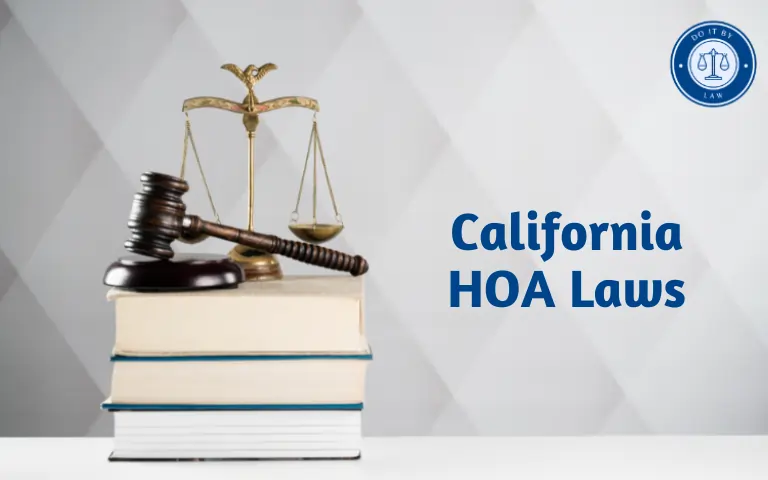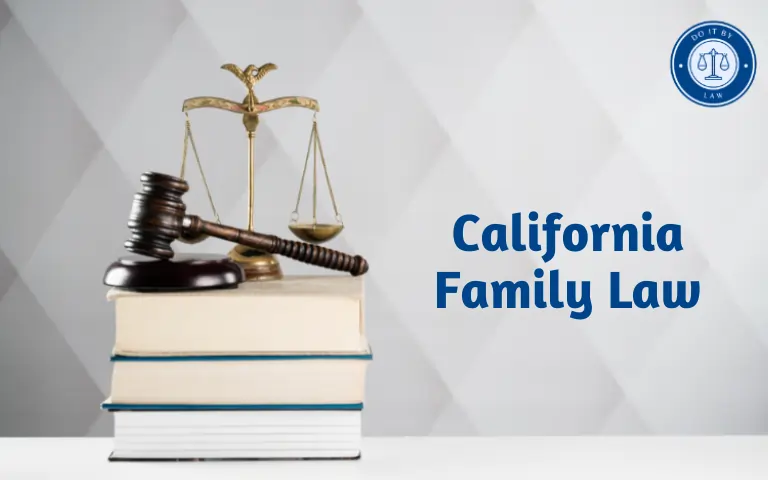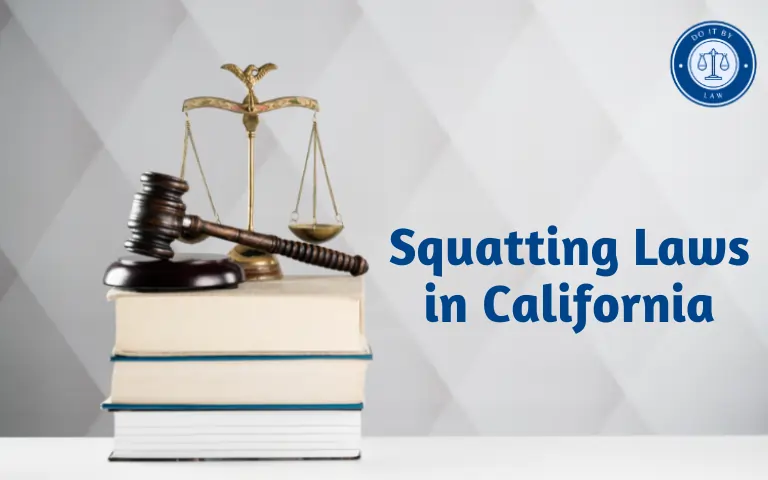California HOA Laws: What You Need to Know
California HOA Laws are a fact of life in many California communities. While HOAs have benefits like maintaining amenities, their extensive rules and restrictions can frustrate homeowners.
Navigating your rights and responsibilities under California State HOA laws is key to avoiding disputes. Read on to learn what conduct HOAs can and cannot regulate under state statutes.
The Rise of Common Interest Developments
The modern HOA emerged in the 1960s as part of the boom in planned communities and condominiums in California. With shared walls, facilities, and other common areas, these “common interest developments” needed organized management.
Developers created HOAs to collect dues and govern their communities through Covenants, Conditions & Restrictions (CC&Rs). This established minimum standards for things like design, landscaping, and general upkeep.
50+ years later, an estimated 10 million Californians live under HOA rules. Understanding the scope and limits of HOA authority prevents unpleasant power struggles.
California HOA Laws Bind Current and Future Owners
Purchasing a property inside an HOA community automatically binds owners to follow governing documents. CC&Rs are attached to the deed and transferred to all subsequent buyers.
So while HOAs are technically not governmental bodies, agreeing to CC&Rs makes the rules enforceable under California law. Mandatory HOA membership also transfers upon sale.
Bottom line – HOA laws apply equally to current and future owners for the life of the development. Voluntary neighborhood associations are different.
What California HOA Laws Can and CanNot Regulate
HOAs in California derive their rulemaking authority from the Davis-Stirling Common Interest Development Act and their CC&Rs. In general, HOAs can regulate:
- Common areas like pools, parks, community centers
- Architectural standards like home exterior colors or fence styles
- Landscaping and yard maintenance requirements
- Parking and traffic rules for streets within the HOA
HOAs traditionally cannot regulate:
- Interior home modifications not affecting the exterior
- Most aspects of residential leasing or short-term rentals
- How you run your small at-home business on your property
- Pet ownership, beyond broadly limiting exotic animals
But check your HOA CC&Rs – they may grant extra authority or impose additional restrictions. Know your rights!
California HOA Laws Enforcement Options and Penalties
To enforce regulations, HOAs can:
- Issue warning letters demanding compliance
- Assess fines, such as daily accruals for ongoing violations
- File lawsuits against non-compliant homeowners
- Place liens on properties to collect unpaid dues and fines
- Foreclose on properties in rare cases to force payment of lien
Penalties must be reasonable and follow HOA procedures outlined in the CC&Rs and bylaws. Make sure fines are explicitly allowed and not excessive before paying.
Recent Changes Benefit Solar Installations
A new California law bars HOAs from denying most solar installations. AB 634 prohibits HOAs from restricting solar systems unless very specific findings are met. Even aesthetic concerns are no longer adequate grounds.
HOAs must allow solar installs to meet reasonable site and screening standards. However, they can still dictate placement to minimize impact. This strengthens California’s solar rights laws.
Recall Election Improvements Take Effect
Under new Section 5100 of the Civil Code, HOAs must publish detailed procedures for recall elections to oust directors. Requirements include:
- Allowing electronic petition signatures
- Preventing board interference with recalls
- Banning candidacy restrictions for recalled directors
- Stopping board appointments that defeat recalls
This follows abuses of recall processes and appointments undermining the will of homeowners. The law enhances integrity and transparency around recalls.
California HOA Laws Meetings Must Allow Homeowner Comments
A 2021 law reaffirms owners’ rights to speak at HOA board meetings. Under Civil Code 4925, meetings must include a homeowner forum where residents can offer comments and suggestions.
HOAs can adopt reasonable time limits but banning all owner participation violates California law. The change ensures homeowners have a voice in governance.
State Intervention in Dysfunctional California HOA Laws
In rare cases, the California Bureau of Real Estate will intervene in seriously dysfunctional HOAs. If a board resigns or unauthorized members seize control, the Bureau can appoint a receiver to temporarily manage operations.
Homeowners can petition the Bureau by filing a formal request. The intervention aims to restore proper functioning until elections are held or sanctions force corrective action.
The Davis-Stirling Act Defines California HOA Laws
The Davis-Stirling Common Interest Development Act under Civil Code 4000-6150 regulates HOA powers, responsibilities, and procedures in California.
This extensive statute defines what HOAs can and cannot do. Any CC&R or rule conflicting with Davis-Stirling is invalid and unenforceable. Familiarizing yourself with the Act’s provisions is wise.
Bottom Line: Get Involved and Stay Informed!
HOAs exercise substantial control granted under California law and amplified by CC&Rs. While they serve important functions, informed homeowners can keep HOAs accountable.
Running for the board, attending meetings, and understanding your rights allow for keeping HOA authority in check. But when used responsibly, HOAs also foster great communities.






